BWXT, Westinghouse partner for nuclear new builds in Canada
BWXT Canada, a subsidiary of BWX Technologies, is partnering with Westinghouse Electric Company to build new nuclear projects in Canada and globally.

BWXT Canada, a subsidiary of BWX Technologies, is partnering with Westinghouse Electric Company to build new nuclear projects in Canada and globally.
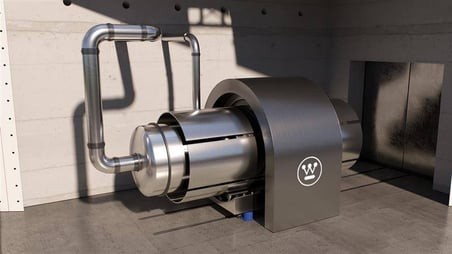
Westinghouse Electric Company’s eVinci Advanced Logic System (ALS) Version 2 (v2) instrument and control (I&C) platform has received approval from the U.S. Nuclear Regulatory Commission through a final safety evaluation report on two topical reports.
The eVinci is now the first and only microreactor with an I&C system approved by the NRC, which opens a path to autonomous operation. The approvals also allow the ALS v2 platform to be used by any reactor currently in the U.S. fleet.
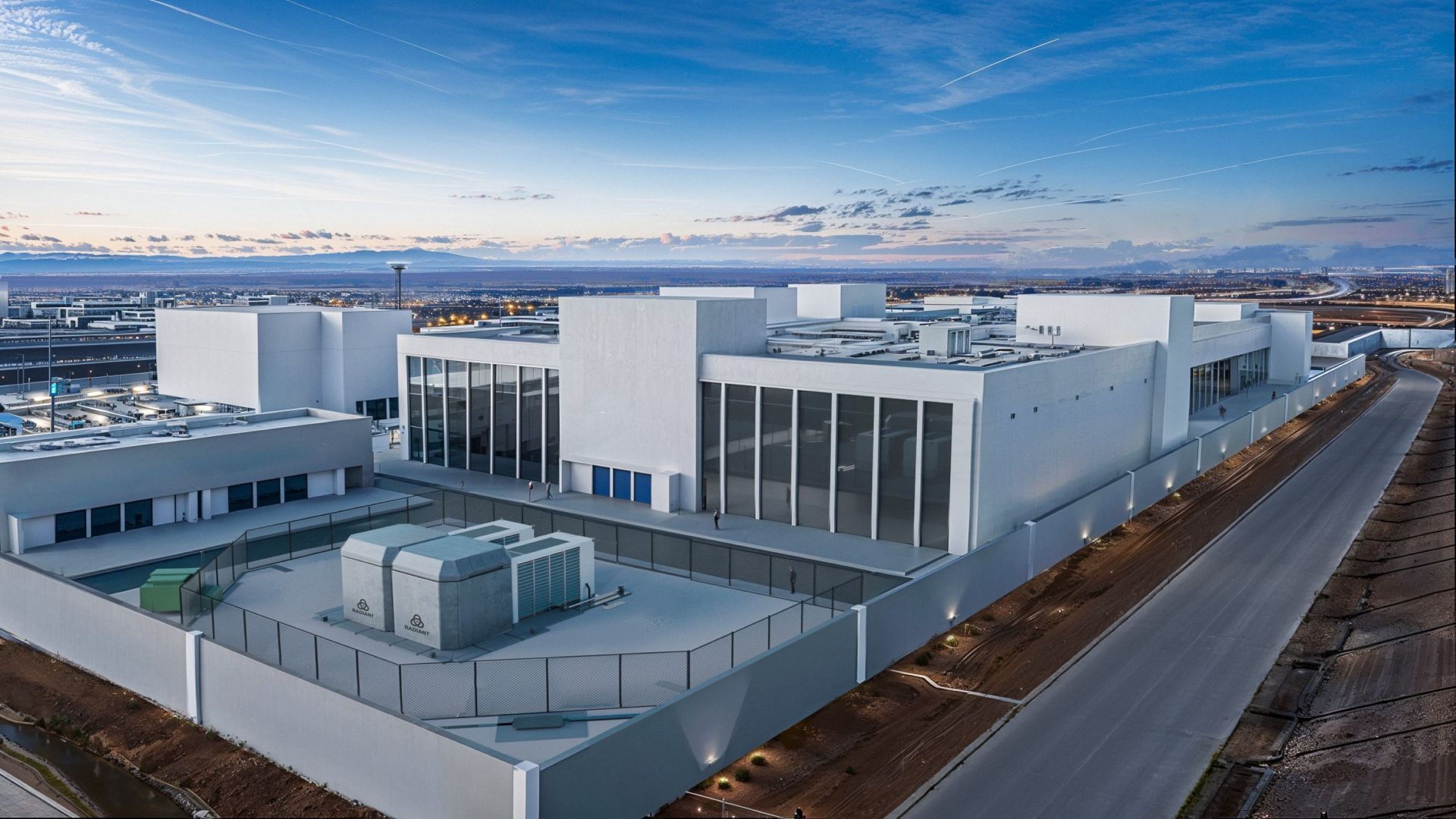
Radiant Industries has announced a $100 million Series C funding round to be used primarily to complete its Kaleidos Development Unit (KDU) microreactor for testing in Idaho National Laboratory's Demonstration of Microreactor Experiments (DOME) facility within two years.

The Department of Energy’s Office of Environmental Management has awarded a $2.3 billion operations and site mission support services contract for the Portsmouth Paducah Project Office (PPPO) to Mission Conversion Services Alliance (MCSA), a limited liability company made up of Atkins Nuclear Secured, Westinghouse Government Services, and Jacobs Technology, with Swift & Staley and Akima Centerra Integrated Services as teaming subcontractors.

Framatome’s enhanced accident tolerant fuel assemblies recently completed a third 18-month fuel cycle at Southern Nuclear’s Vogtle-2 plant—the first of this type of fuel to reach this milestone in the U.S., the company said.
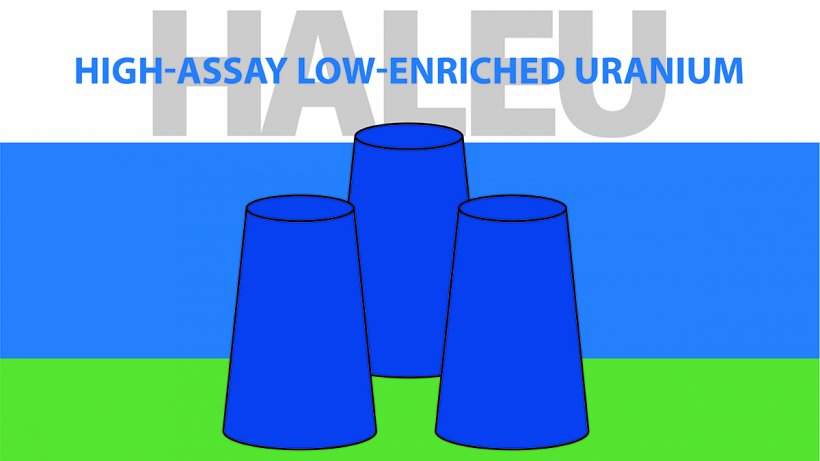
The Department of Energy announced contracts yesterday for six companies to perform high-assay low-enriched uranium (HALEU) deconversion and to transform enriched uranium hexafluoride (UF6) to other chemical forms, including metal or oxide, for storage before it is fabricated into fuel for advanced reactors. It amounts to a first round of contracting. “These contracts will allow selected companies to bid on work for deconversion services,” according to the DOE’s announcement, “creating strong competition and allowing DOE to select the best fit for future work.”
Westinghouse Electric Company has announced that it will create two new global business units from its Operating Plant Services business. Effective January 1, 2025, the new units will be Long-Term Operations and Outage & Maintenance Services.

Westinghouse Electric Company has completed the front-end engineering and experiment design (FEEED) for a prototype microreactor at Idaho National Laboratory, the Department of Energy recently announced. The one-fifth scale version of eVinci, Westinghouse’s 5-MWe sodium-cooled heat pipe design, is one of three reactors that could be tested at the National Reactor Innovation Center’s (NRIC) DOME test bed “as early as 2026,” the DOE said.
Westinghouse Electric Company announced today that it has signed a teaming agreement with Hyundai Engineering & Construction Company to pursue opportunities in Sweden and Finland for nuclear power plants based on Westinghouse’s AP1000 reactor technology.
China’s State Council has approved the construction of four new nuclear reactors based on Westinghouse's AP1000 technology at two Chinese power plants. China’s State Power Investment Corporation plans to build two of the reactors at its Bailong nuclear power project in Guangxi Province, where preparatory groundwork construction can now begin at the site. The other two units were approved for the Lufeng nuclear power plant, located in Guangdong Province and owned by China General Nuclear Power Corporation, where sitework has already begun.
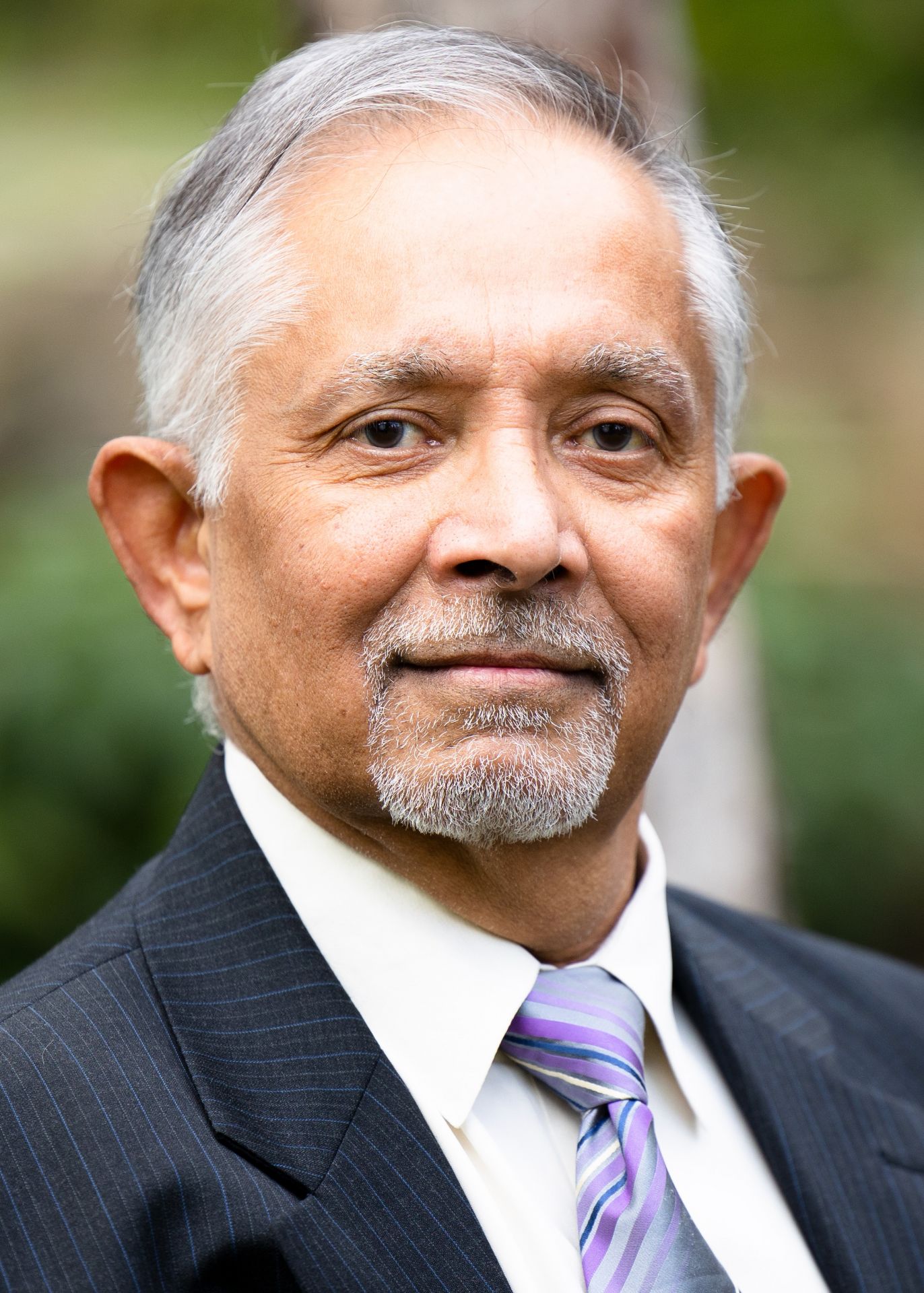
N. Prasad Kadambi
We welcome ANS members who have careered in the community to submit their own Nuclear Legacy stories, so that the personal history of nuclear science and technology can be captured. For information on submitting your stories, contact nucnews@ans.org.
I graduated with a mechanical engineering degree from Osmania University in Hyderabad, India, and took up nuclear engineering when I was awarded a scholarship by an organization called His Exalted Highness The Nizam of Hyderabad’s Charitable Trust. That scholarship enabled me to do graduate work at Pennsylvania State University, and I enrolled there in 1966. One of the terms of the scholarship was that I return to India after graduation. Hence, I returned to India in 1972 after receiving my Ph.D. and began working at the Bhabha Atomic Research Centre in Mumbai.

The United Kingdom’s Department of Energy Security and Net Zero has signed off on Westinghouse’s AP300 small modular reactor earlier this month.
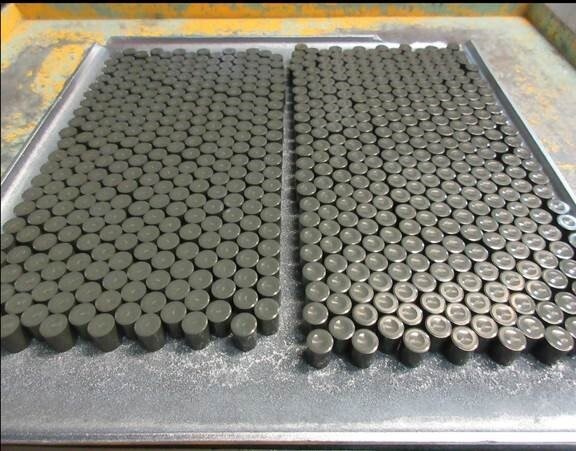
Westinghouse Electric Company announced Aug. 8 that it has completed the first pressing of ADOPT nuclear fuel pellets at the company’s Springfields Fuel Manufacturing Facility in the United Kingdom. The pellets, which can contain up to 8 percent uranium-235 by weight, are destined for irradiation testing in Southern Nuclear’s Vogtle-2 pressurized water reactor.

Eielson Air Force Base in central Alaska has been the preferred location to demonstrate the benefits of microreactors to the U.S. Air Force—and by extension the Defense Department—since 2018. Now, a protracted solicitation process is nearing an end, and the Air Force and the Defense Logistics Agency Energy (DLA Energy) expect to announce a final procurement decision by the end of the summer—or about one year after Oklo Inc. announced that it had been tentatively selected to supply a microreactor under a 30-year power purchase agreement.
Turkey may be closer to moving ahead in a partnership with Russia for its second nuclear plant, Sinop, a proposed four-reactor facility on the Black Sea coast.
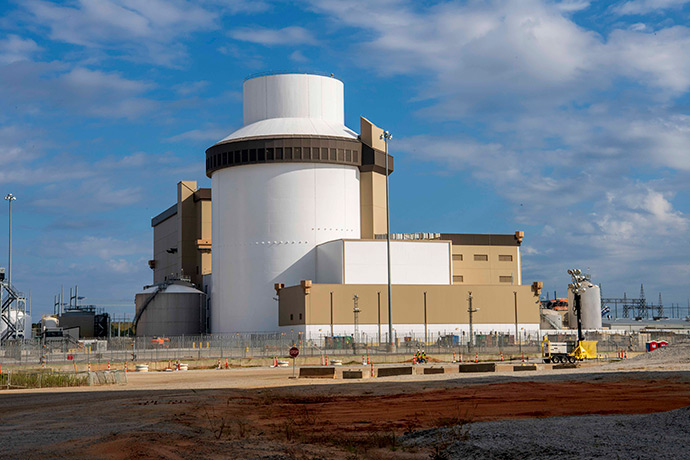
One of the new Vogtle units in Georgia was shut down unexpectedly on Monday last week for a valve issue that has since been investigated and repaired. According to multiple local news outlets, Georgia Power reported on July 17 that Unit 3 was back in service.
Southern Company spokesperson Jacob Hawkins confirmed that Vogtle-3 went off line at 9:25 p.m. local time on July 8 “due to lowering water levels in the steam generators caused by a valve issue on one of the three main feedwater pumps.”
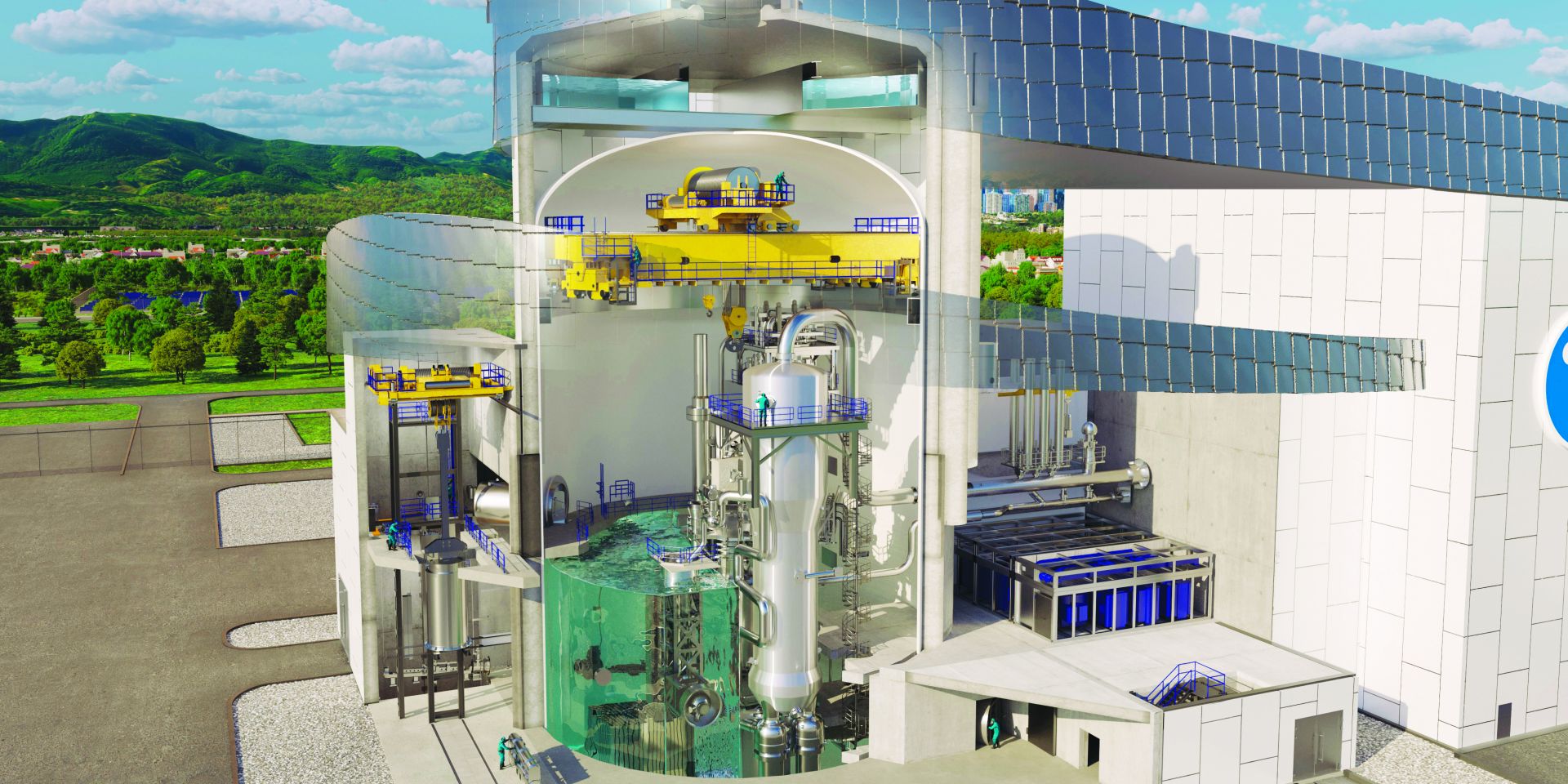
Power generation from nuclear fission as a clean and stable source of electricity has secured the interest of policymakers and industry leaders around the globe. Last fall, the United States spearheaded a pledge at COP28 to get countries to agree to triple nuclear capacity worldwide, and recently the members of the Group of 7 (G7) nations that currently use nuclear power have reaffirmed their pledges to invest in that power source to cut carbon emissions.
As of this writing, U.S. policymakers are trying to make good on that promise by passing legislation to support nuclear power, funding the domestic fuel supply chain, and working to pass the ADVANCE Act. On top of the support from Washington, D.C., power-hungry industries like data centers and chemical engineering are looking to secure stable, carbon-free power directly from power plants.
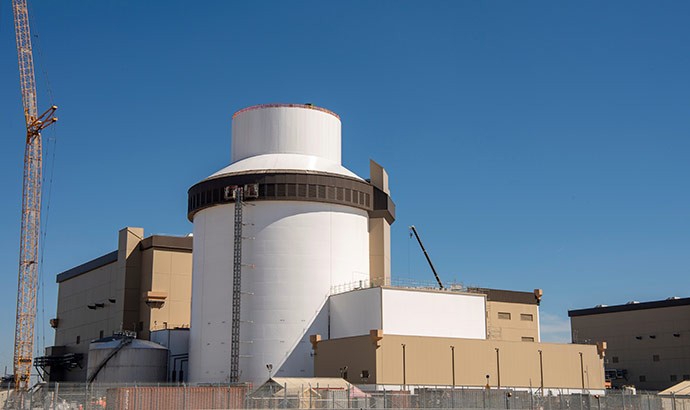
Unit 4 at Georgia Power’s Plant Vogtle has entered commercial operation, the company announced today. The new unit can produce enough electricity to power an estimated 500,000 homes and businesses, according to the company.
Project management firm Bechtel started site geological surveys for Poland’s first nuclear power plant project, the company announced on Wednesday.
Bechtel will conduct in-depth geological surveys at the Lubiatowo-Kopalino site in the Pomeranian municipality of Choczewo, in northern Poland. This is a key milestone for the country’s entry into nuclear power production, as the surveys will inform the suitability of the planned site.

Bulgarian officials have approved the transition to Westinghouse fuel at the nation's Kozloduy nuclear power plant, as Bulgaria moves away from its reliance on Russian supplies. The fuel was recently delivered for use in Unit 5.